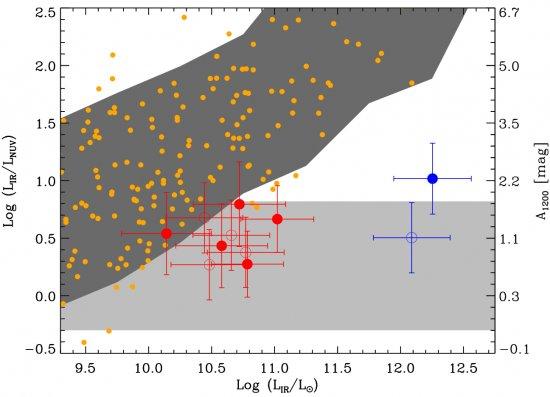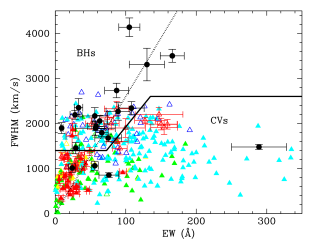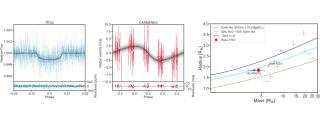One remaining open question regarding the physical properties of Lyaemitters (LAEs) is their dust content and its evolution with redshift. The variety of results is large and with those reported by now is difficult to establish clear relations between dust, other fundamental parameters of galaxies (star-formation rate, metallicity or age) and redshift. In this Letter, we report Herschel PACS-100mm, PACS-160mm and Spitzer MIPS-24mm detections of a sample of spectroscopically GALEX-selected LAEs at z~0.3 and~1.0. Five out of ten and one out of two LAEs are detected in, at least, one PACS band at z~0.3 and~1.0z, respectively. These measurements have a great importance given that they allow us to quantify, for the first time, the dust content of LAEs from direct FIR observations. MIPS-24mm detections allow us to determine IR properties of the PACS-undetected LAEs. We obtain that mid-IR/FIR detected star-forming (SF) LAEs at z~0.3 have dust content within 0.75 ≤ A1200Å ≤ 2.0, with a median value of A1200Å ~1.1. This range broadens out to 0.75 ≤ A1200Å ≤ 2.5 when considering those LAEs at z~1.0. Only one SF LAE is undetected both in MIPS-24mm and PACS, with 0.75 ≤ A1200Å ≤ 2.5. These results seem to be larger than those reported for high-redshift LAEs and, therefore, although an evolutionary trend is not clearly seen, it could point out that low-redshift LAEs are dustier than high-redshift ones. However, the diverse methods used could introduce a systematic offset in the results.
Ratio between total infrared and NUV luminosities against total infrared luminosity for star-forming GALEX-LAEs. Right vertical axis (dust attenuation) was built by using the calibration of Buat et al. (2005). Yellow dots are data of nearby galaxies ta
Advertised on
References


